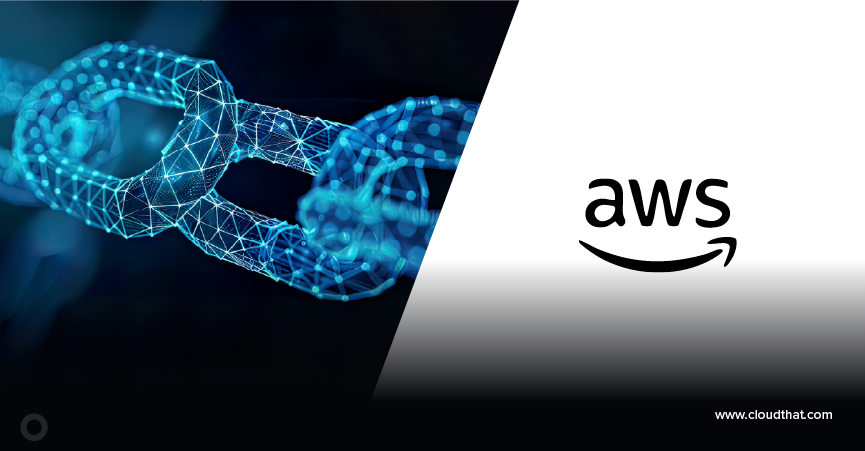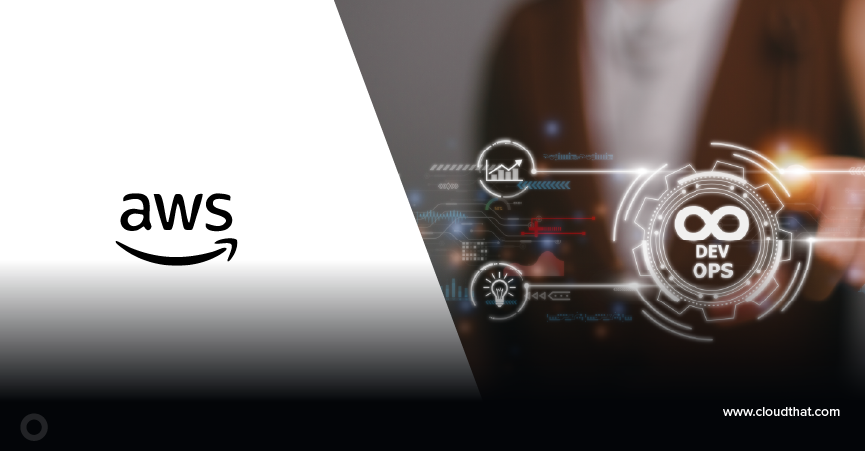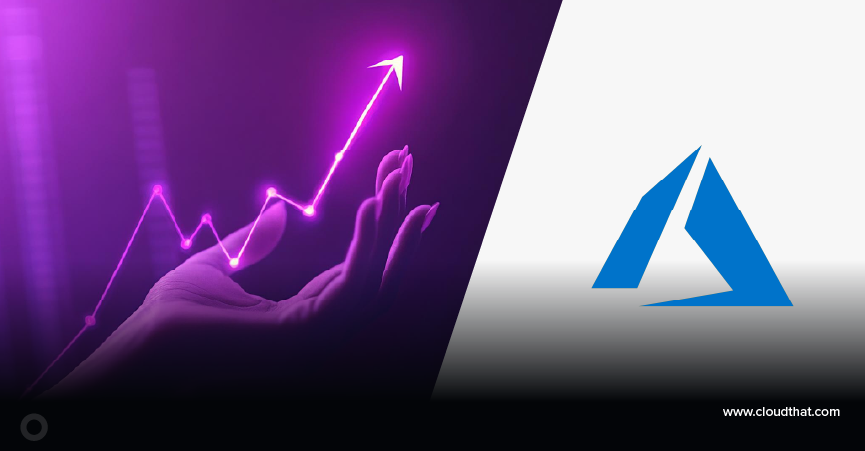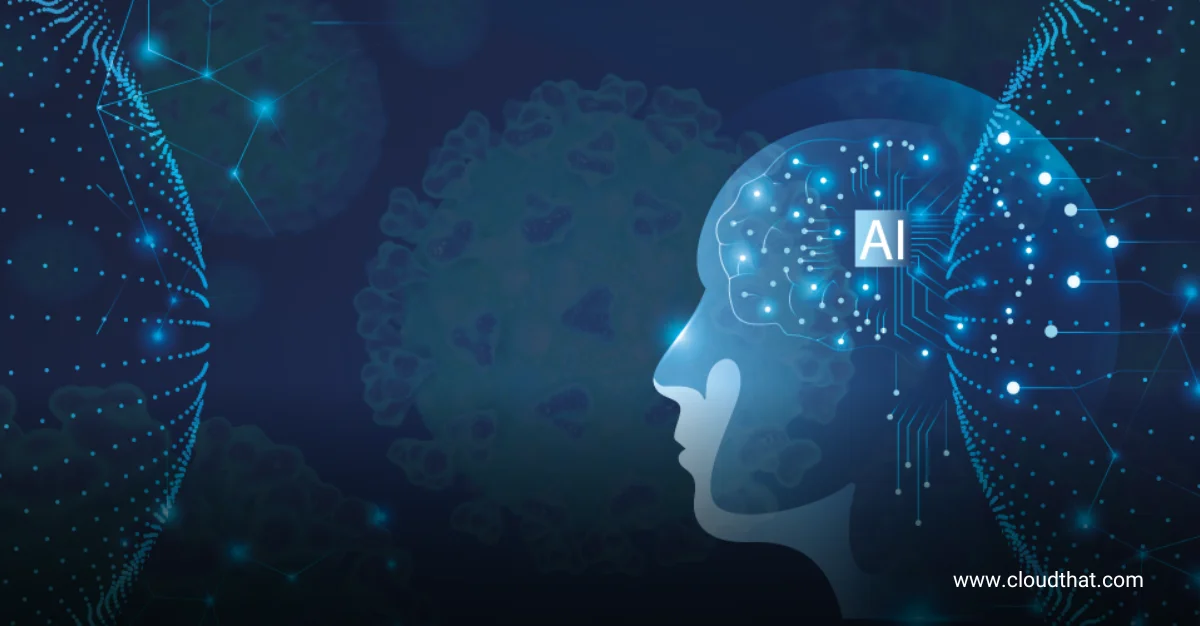|
Voiced by Amazon Polly |
Overview
In today’s data-driven world, businesses rely heavily on data to make informed decisions, gain competitive advantages, and enhance customer experiences. As the volume and variety of data continue to grow, organizations must adopt effective data storage and processing solutions. Two popular options for managing and analyzing data are data lakes and data warehouses, and Google Cloud provides robust tools and services to implement both approaches. In this blog post, we will explore the differences between Data Lakes and Data Warehouses and discuss choosing the right approach for your organization when using Google Cloud.
Pioneers in Cloud Consulting & Migration Services
- Reduced infrastructural costs
- Accelerated application deployment
Introduction to Data Lakes and Data Warehouses
Before we dive into the details of each approach, let’s clarify what data lakes and data warehouses are:
- Data Lake: A data lake is a centralized repository that stores structured, semi-structured, and unstructured data at a scale. Data lakes store the data in raw and native format without predefined schemas. This flexibility allows organizations to ingest and store vast amounts of data quickly. Google Cloud offers a service called Google Cloud Storage for creating and managing data lakes.
- Data Warehouse: A data warehouse, on the other hand, is a structured, highly organized database optimized for query and analysis. Data warehouses typically store data in a structured format, making it suitable for business intelligence and analytics. Google Cloud provides BigQuery as a powerful data warehouse solution.
Choosing the Right Approach
Selecting between a data lake and a data warehouse on Google Cloud depends on your organization’s specific requirements and use cases. Let’s explore the factors that can help you make an informed decision:
- Data Variety and Structure:
- If your data comes in various formats (structured, semi-structured, unstructured) and you want to store it as is, a data lake is a better choice.
- A data warehouse is more suitable if your data is highly structured and requires a schema-on-write approach.
2. Data Volume:
- Data lakes are designed to handle massive amounts of data, making them ideal for organizations with large data volumes.
- Data warehouses are optimized for query performance, making them suitable for complex analytics on smaller, structured datasets.
3. Data Processing and Analytics:
- A data lake can provide the necessary flexibility if your primary goal is to perform ad-hoc analysis, data exploration, and data transformation.
- If you need to run complex SQL queries, aggregations, and business intelligence reports, a data warehouse like BigQuery offers powerful analytical capabilities.
4. Cost Considerations:
- Data lakes often provide a cost-effective solution as you only pay for the storage space.
- While more expensive for storage, data warehouses may be more cost-effective for intensive query and analysis workloads.
5. Latency and Performance:
- Data lakes are typically used for batch processing and may not provide real-time analytics capabilities.
- Data warehouses are optimized for low-latency query performance, making them suitable for real-time or near-real-time analysis.
6. Data Governance and Security:
- Data warehouses often have more robust access control and data governance features, making them a preferred choice for organizations with strict security and compliance requirements.
Google Cloud Solutions
Now, let’s explore how Google Cloud offers solutions for both data lakes and data warehouses:
- Data Lake Solutions on Google Cloud
- Google Cloud Storage: Create a data lake using Google Cloud Storage to store and manage large volumes of data in its raw format.
- Dataflow and Dataprep: Use Dataflow for data transformation and Dataprep for data preparation within your data lake.
2. Data Warehouse Solutions on Google Cloud
- BigQuery: Google Cloud’s fully managed data warehouse solution offers high-speed SQL analytics and can handle structured data for in-depth analysis.
- Bigtable: Bigtable provides a highly scalable and performant option for NoSQL workloads.
Integration and Hybrid Approaches
In some cases, organizations may benefit from integrating data lakes and data warehouses or adopting a hybrid approach. This involves using both data lakes and data warehouses in conjunction to leverage the strengths of each:
- Ingest data into a data lake, perform initial processing, and then move refined data to a data warehouse for advanced analytics.
- Use Google Cloud’s orchestration and integration services, such as Dataflow and Pub/Sub, to facilitate data movement between data lakes and data warehouses.
Conclusion
The right choice depends on your data characteristics and business objectives. When choosing between a data lake and a data warehouse on Google Cloud, think about what kind of data you have and what you want to do with it.
When deciding, consider factors such as data variety, volume, processing requirements, cost, and performance. By doing so, you can create a data management strategy that meets your current needs and positions your organization for success in an increasingly data-centric world.
Drop a query if you have any questions regarding Google Cloud Data Lake or Data Warehouse and we will get back to you quickly.
Making IT Networks Enterprise-ready – Cloud Management Services
- Accelerated cloud migration
- End-to-end view of the cloud environment
About CloudThat
CloudThat is an award-winning company and the first in India to offer cloud training and consulting services worldwide. As a Microsoft Solutions Partner, AWS Advanced Tier Training Partner, and Google Cloud Platform Partner, CloudThat has empowered over 850,000 professionals through 600+ cloud certifications winning global recognition for its training excellence including 20 MCT Trainers in Microsoft’s Global Top 100 and an impressive 12 awards in the last 8 years. CloudThat specializes in Cloud Migration, Data Platforms, DevOps, IoT, and cutting-edge technologies like Gen AI & AI/ML. It has delivered over 500 consulting projects for 250+ organizations in 30+ countries as it continues to empower professionals and enterprises to thrive in the digital-first world.
FAQs
1. How can I ensure optimal performance in a data warehouse on Google Cloud, particularly with larger datasets?
ANS: – Google Cloud’s BigQuery allows you to partition and cluster your data, optimizing query performance. Consider using best practices in schema design and indexing for larger datasets.
2. Are there any specific industries or use cases that benefit more from data lakes on Google Cloud?
ANS: – Industries dealing with diverse and unstructured data, such as healthcare (patient records), retail (customer behavior), and media (content management), often find data lakes valuable.
3. Can Google Cloud services facilitate data movement between a data lake and a data warehouse?
ANS: – Yes, services like Dataflow and Pub/Sub can help with data integration and transfer between data lakes and data warehouses, allowing for seamless data flow.
WRITTEN BY Rajeshwari B Mathapati
Rajeshwari B Mathapati is working as a Research Associate (WAR and Media Services) at CloudThat. She is Google Cloud Associate certified. She is interested in learning new technologies and writing technical blogs.


 Login
Login


 November 7, 2023
November 7, 2023 PREV
PREV










Comments